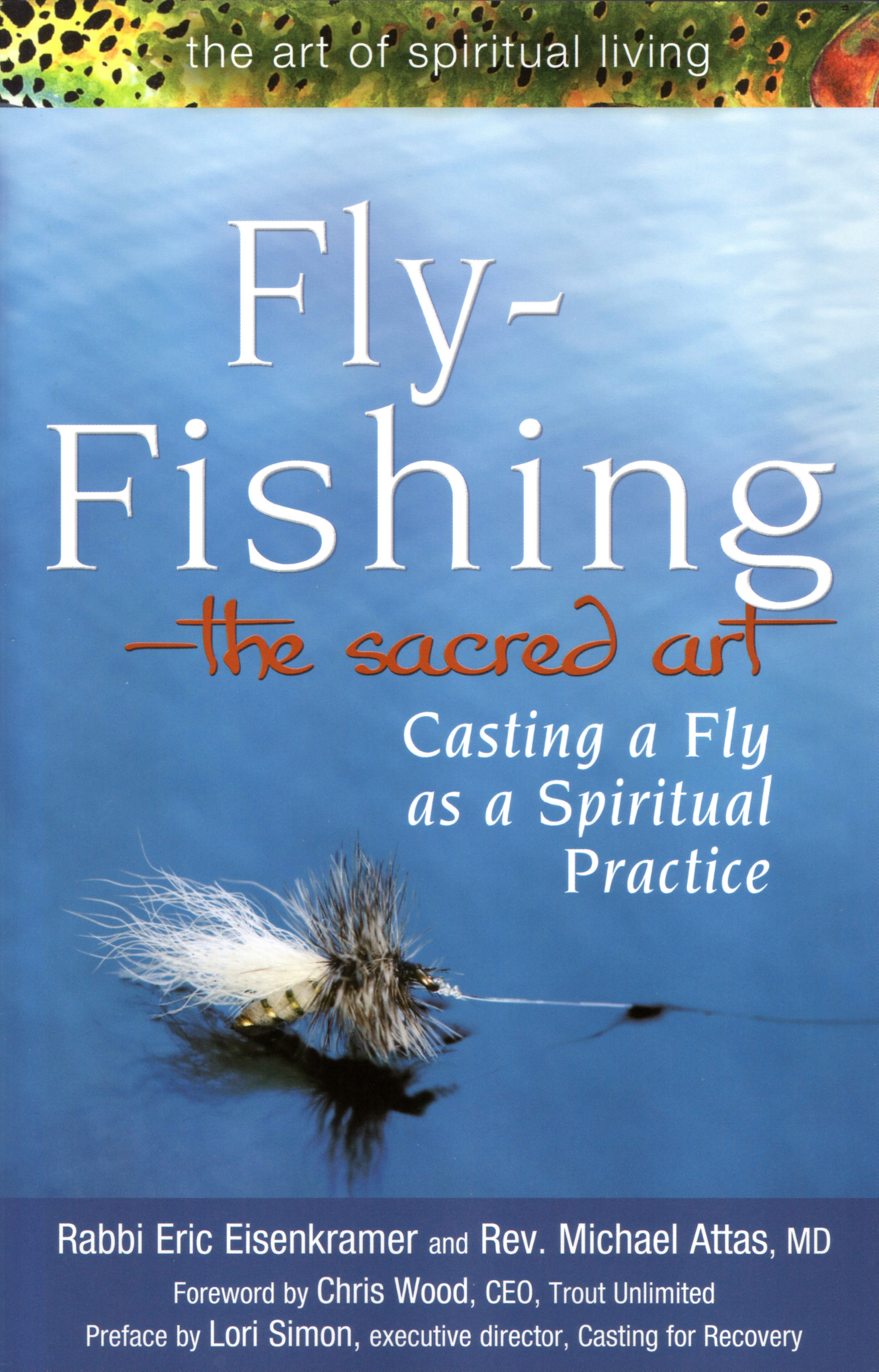
14 Jul Books: Writing the West (Summer 2012)
The Mountain Pine Beetle: Tiny but Mighty
The Mountain Pine Beetle: Tiny but Mighty (Pruett Publishing; $14.95), by Kay Turnbaugh and illustrated by David Brooks, is a refreshing take on the fascinating life cycle and habits of the voracious insect blighting the forests of the Rocky Mountains.
Did you know that a single beetle, the pioneer, attacks a tree, then releases a scent that attracts others of its kind? The beetles tunnel through the under layer of bark, literally eating the tree alive from the inside out. In days, the tree is overwhelmed and succumbs. The beetles lay their eggs, those eggs hatch, become larvae, and continue chomping away at the nutritious inner bark.
It’s a full-color book packed with visually intriguing features: cartoonish, whimsical illustrations are juxtaposed with up-close photographs showing the funky bug in creepy but fascinating detail. Add to this mix photos of scientists in action, aerial shots of devastated forests, plus maps, diagrams, sidebars, a handy glossary and index, easy-to-comprehend text, and useful tips for people interested in fighting back against this epidemic in their own neighborhoods.
Conjugations of the Verb To Be
The stories in Glen Chamberlain’s new collection, Conjugations of the Verb To Be (Delphinium Books; $11.95), are set in Montana — either physically or as a state of mind — and are linked by their dedication to the notions of emergence and change. The story “Stacking,” about a young girl on the verge of womanhood, echoes, as with so many of these stories, with the promise of a life to come: “… soon the sky opened like a door, and she was fully in the day, belonging to it, holding her own life, small and growing and fully illuminated.”
The book is filled with passages too rich to not pause and ruminate on, poetic in their everyday simplicity and pointed introspections, they make the universal personal. In the opening lines of “Off the Road; or, The Perfect Curve Unfound,” the simple beauty of the story’s meaning slowly reveals itself through the author’s deft ability to peel back onion-like layers of thought and emotion: “It was the geese that took me to that world without words. And that is how I came, for a summer, to be off the road.”
The reader is hooked, and then a few lines later is led further into this first-person narrator’s head and heart: “‘I love you,’ he’d told me, and I sensed when he said that a devotion to language rather than to me, which meant an approaching breakup, a faithlessness.” These characters, as with others in the book (as with us all), are constantly in the act of becoming, further affirming the collection’s poignant themes of endings, beginnings, awakenings.
This collection reads at times like a journal stepping out as fiction, resulting in a rich, intimate reading experience. It has been said that art mirrors life, but this book makes the case that art is life, and that the effort we all put into living can and should be artful as well.
Things a Cowboys Sees and Other Poems
In Things a Cowboys Sees and Other Poems (Port Yonder Press; $9.95), versatile writer Rod Miller offers a lively collection of poetry that, as with all the best categorized works, transcends such convenient classification as “cowboy poetry.” Though that designation is well-earned and worn with pride here, as evident in the section headings: Horses and Hosses, Life Out West, The Rodeo Road, Roundups and Trail Drives, and Making a Hand.
The handsome book begins with a tasteful essay explaining the origins of cowboy poetry and makes a solid case that its recent rise in popularity may well be responsible for the rediscovery of poetry by the masses, for the masses. It also makes the argument that modern cowboy poetry is more of a performance art than a literary art.
Miller’s poems are rich with tender emotion and moments of brief beauty, as in “Haiku for a Horseback Morning”: “Fetlocks sponge up dew/waking trail through silver’d green/until the sun climbs.” But there’s plenty of humor here, too, a hallmark of cowboy poetry, as in, “A Guide to Ranching for the Politically Correct:” “‘Cowboy’ is the first of my words/that we’ve been forced to shun./It’s sexist as well as sexually confused/and has been replaced by ‘Cattleperson.’ … We no longer call them ‘Dogies,’ /those calves without a mother./We merely say they’re Victims of/a Parental Deficit Disorder.” The playful poem pokes fun at the silly extremes our society goes to in order to be all things to all people.
The real marvel when reading good poetry such as Miller’s, cowboy or otherwise, is that it appears to have been built so effortlessly — a misconception. These poems are the result of long hours, days, weeks, months, years of careful scrutiny of one’s own intentions, of an unraveling of observations and emotions before weaving them together to form a new experience.
Things a Cowboys Sees is a collection of heartfelt works written by someone who knows the Western life: Miller was raised “in a small town in Utah among horses and cattle,” he’s competed in the rodeo arena, and as his bio says, “Miller comes by his love of the West honestly.” All of these connections and more reveal themselves in the bucking heart of his writing. There’s nothing faked here, it’s all genuine cowboy work.
Treasure Hunter
W.C. Jameson’s Treasure Hunter (Seven Oaks Publishing; $14.95) is a picaresque collection of adventures of a man who lives a rich life, zealously chasing treasure in all its forms. If we didn’t have the sincere oath of the author that he had participated in these adventures, some of them successful, many of them not (though success depends on how it’s measured: by having a high-octane adventure or by discovering ingots of Spanish silver), we might have cause to doubt their truth, so filled with derring-do are they.
Take the story of the lost Spanish gold in the Palomas Sand Dunes. As a young ranch hand, the author and another man venture far into a Mexican desert in search of strayed cattle. While waiting out a sandstorm, they watched as the shifting winds slowly uncovered the skeletons of burros, men, and old pack saddles, revealing hundreds of gold ingots — worth millions of dollars — the remnants a Spanish pack train massacred by the Apaches. The young men retrieved two ingots, and returned several days later — but not before another storm covered the spot. To date, the author has not rediscovered that buried treasure. Most important, at least for the reader (if not for Jameson’s bank balance), the memories remain. And they make for one hell of a story.
And that’s just one of a book full of adventures that gave me one of my most memorable reading experiences so far this year. Jameson’s compelling, clear, and well-paced writing only added to my enjoyment. Treasure Hunter also stirred in me a dormant desire to take to the trail, old map in my pocket and a shovel over my shoulder.
West of 98: Living and Writing the New American West
West of 98: Living and Writing the New American West (University of Texas Press; $21.95), edited by Lynn Stegner and Russell Rowland, is a who’s who of voices declaiming the wonders of today’s American West. Sixty-six entries, essay and poetry, form the collection from writers representing every state west of the 98th parallel (hence the title). In her introduction, Stegner says: “To talk about the West, how and why it was settled — in truth, colonized — and how it is now after our first full century of widespread settlement, may be a little like dissecting a creature still alive, still moving: parts of it dying or already dead, while others are developing compensatory muscles, adapting, and one hopes, surviving.” The West described, praised, cursed, and embraced in these selections is a place of the authors’ past, present, and future, all shifting and changing daily, as do the people who populate the place.
West of 98 stamps itself as an authoritative representation of the “new” voices of the West because of the collective literary heavy weight of the contributors. It seeks to explore our relationships with the place, with each other, with the very definition of the word “West.” But it is also a compendium of love letters to a much-loved place from ardent, skilled admirers.
Not a clunker in the bunch, the writing in West of 98 is top shelf stuff, as one would expect from a gathering that includes such names as Rick Bass, Gretel Ehrlich, Annick Smith, Louise Erdrich, Jim Harrison, William Kittredge, Larry McMurtry, Gary Snyder, and many more. A popular topic is how the West comes to define its residents and gets under their skin, even if they’re from elsewhere. In many instances, more so because they are not from the place, but eventually make the choice to become of the place. Anyone seeking ingress into the true “new” West will find lifetimes of poetic insights here.
Jesse James and the Movies
Johnny D. Boggs’ Jesse James and the Movies (McFarland; $38) is a comprehensive, rip-snorting roundup of just what the title suggests. A 279-page, fully illustrated softcover filmography with 78 photos that digs deep and analyzes the plots, the actors, the ups and downs, the historical veracity — or lack therein — of the more than 40 motion pictures about Missouri’s most famous outlaw son. Eleven chronological chapters cover Jesse James’ life, from a fact- and photo-filled biography: “Jesse James, 1847-1882”; to Jesse James in Pop Culture, 1875-1903”; on up through the silent era, A-list films, B-movies, Oddball flicks (“Jesse James Meets Frankenstein’s Daughter” anyone?), Euro Westerns, and more, through Brad Pitt in 2007’s “The Assassination of Jesse James by the Coward Robert Ford.” Boggs also offers an introduction, annotations, an extensive bibliography, and a handy index.
Jesse James and the Movies is a testament to the enduring popularity of the outlaw, and it also speaks volumes to our society’s infatuation and deification of homegrown rogues. We can’t help but love ’em, and near the top of the heap of historic rapscallions was certainly Jesse (and Frank) James, as the sheer number of film and tape committed to him suggests. Through careful scrutiny of history and myth, and a dogged attempt to separate the two, Boggs gives us a scholarly work that does what few such works succeed at doing: It edifies and entertains in equal measures.




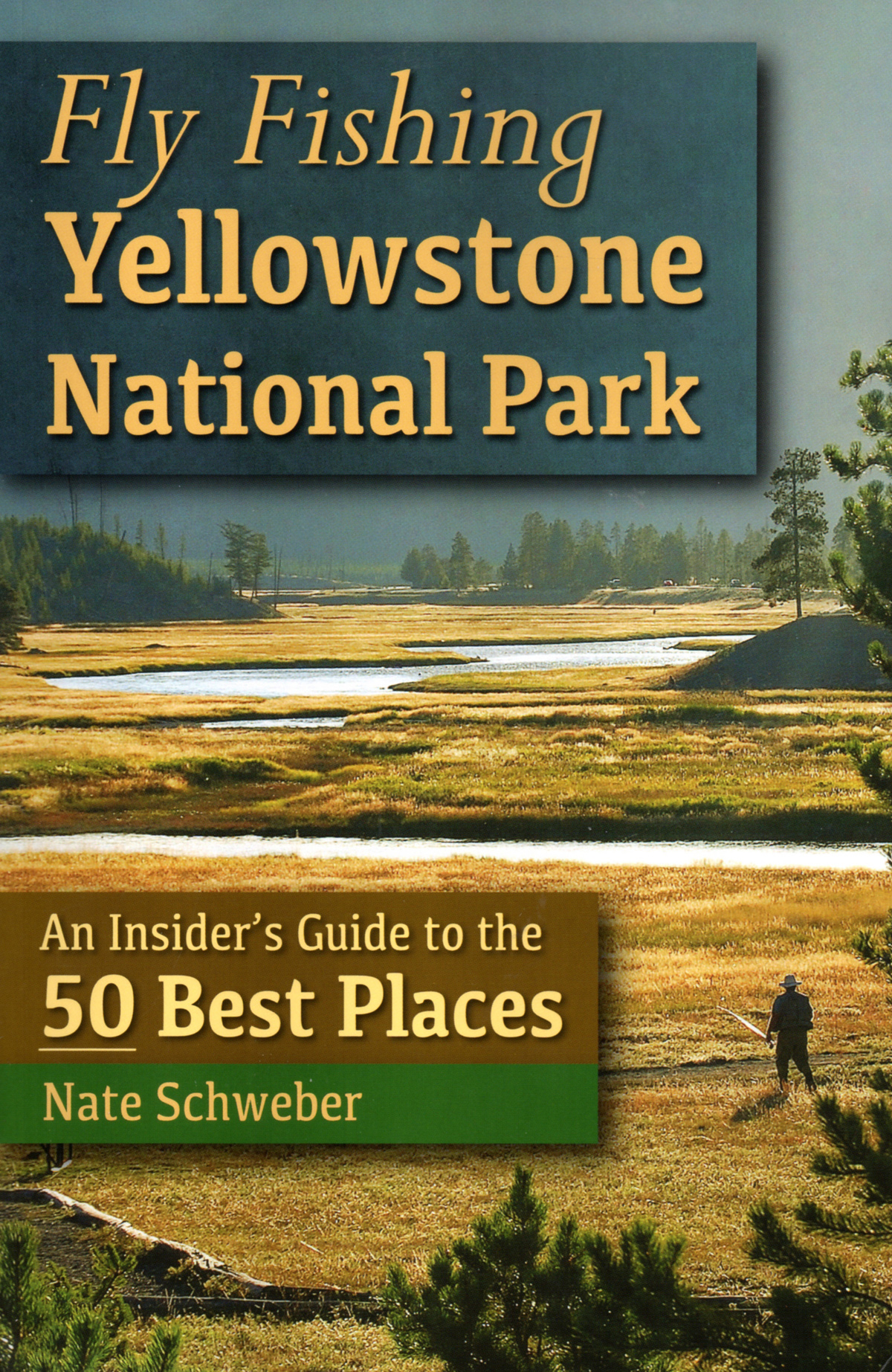
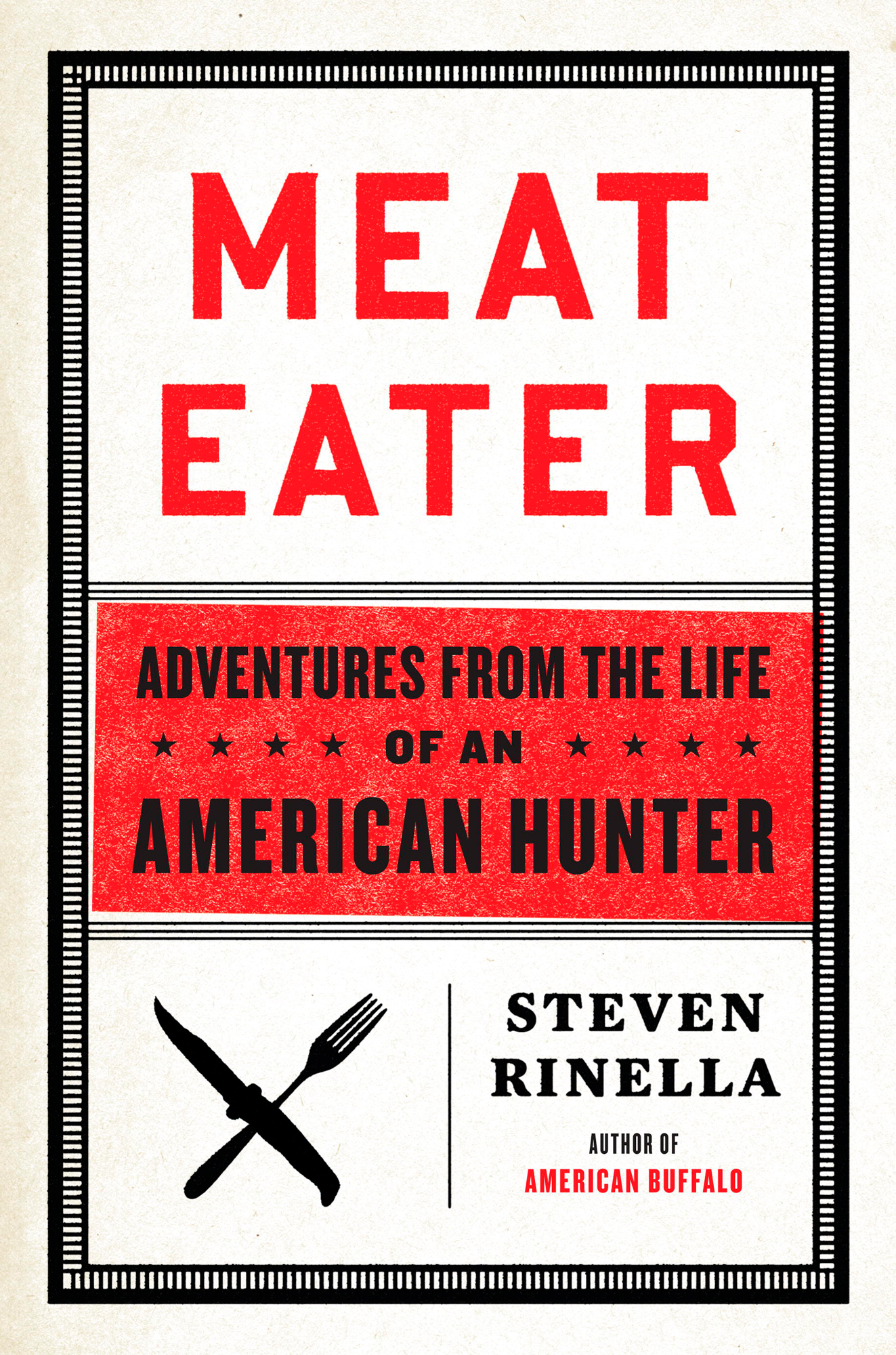
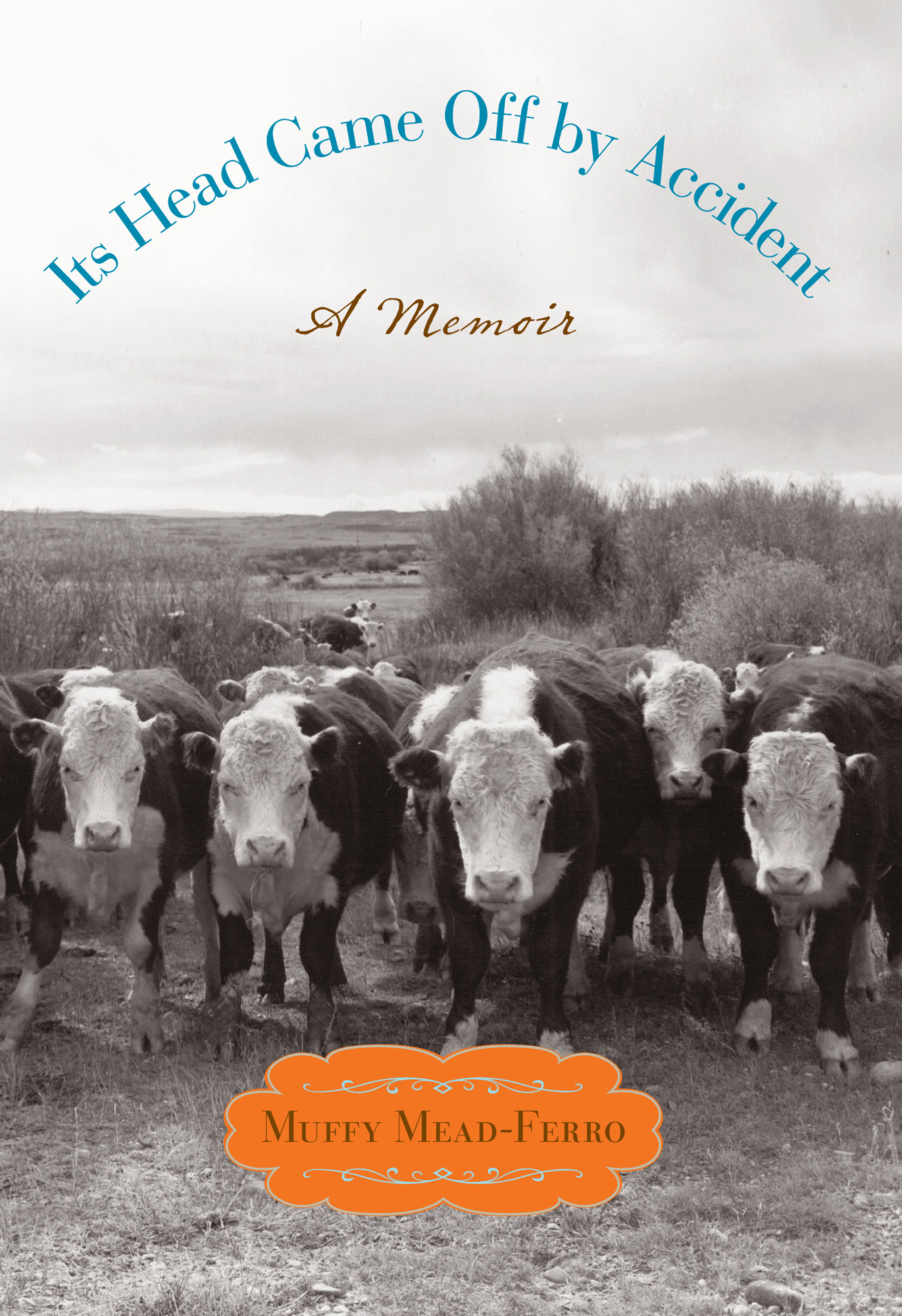

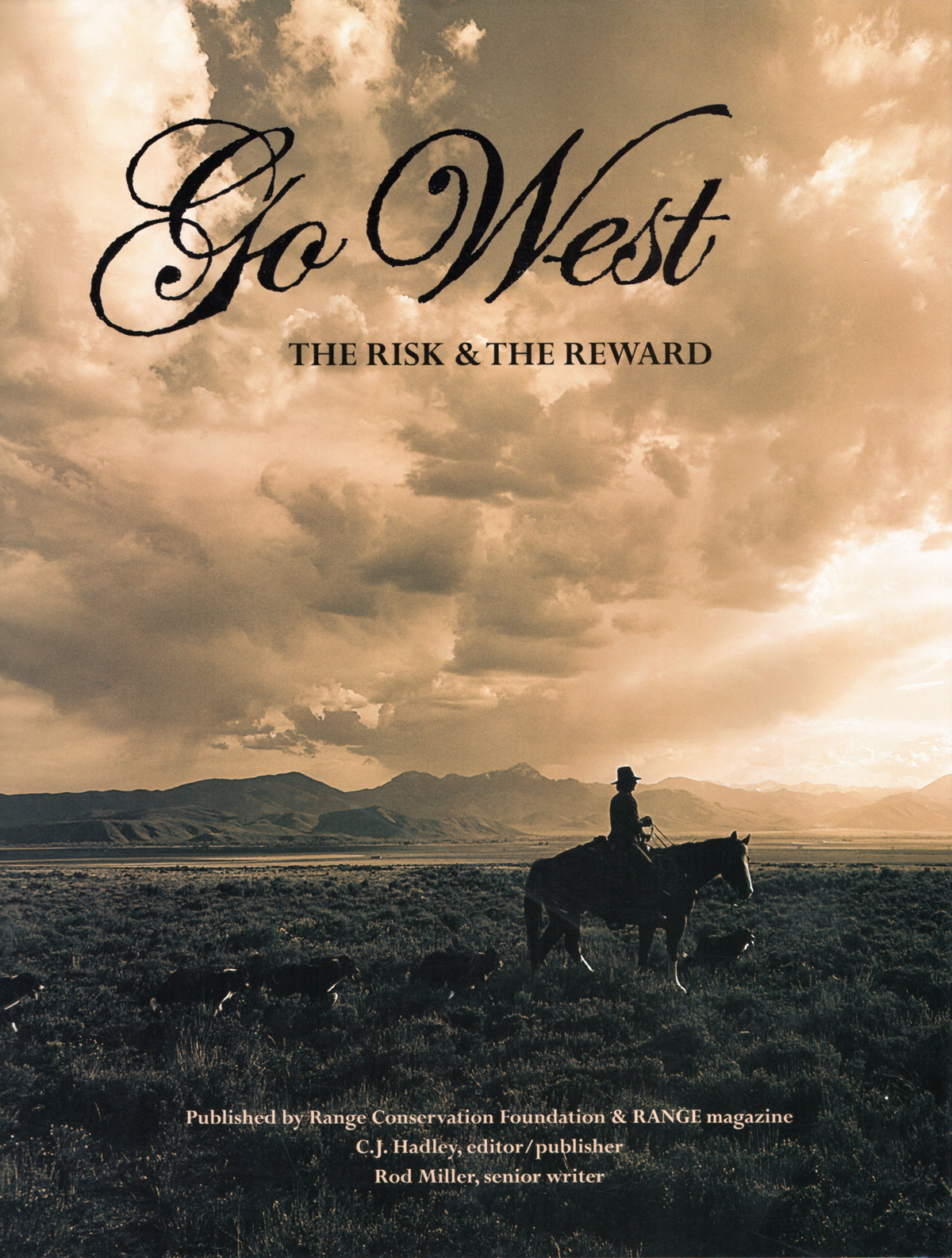
No Comments